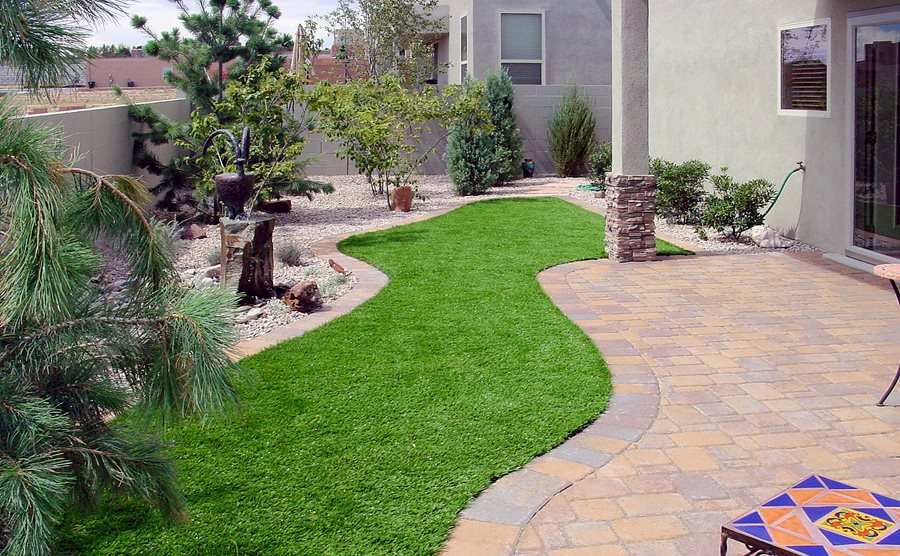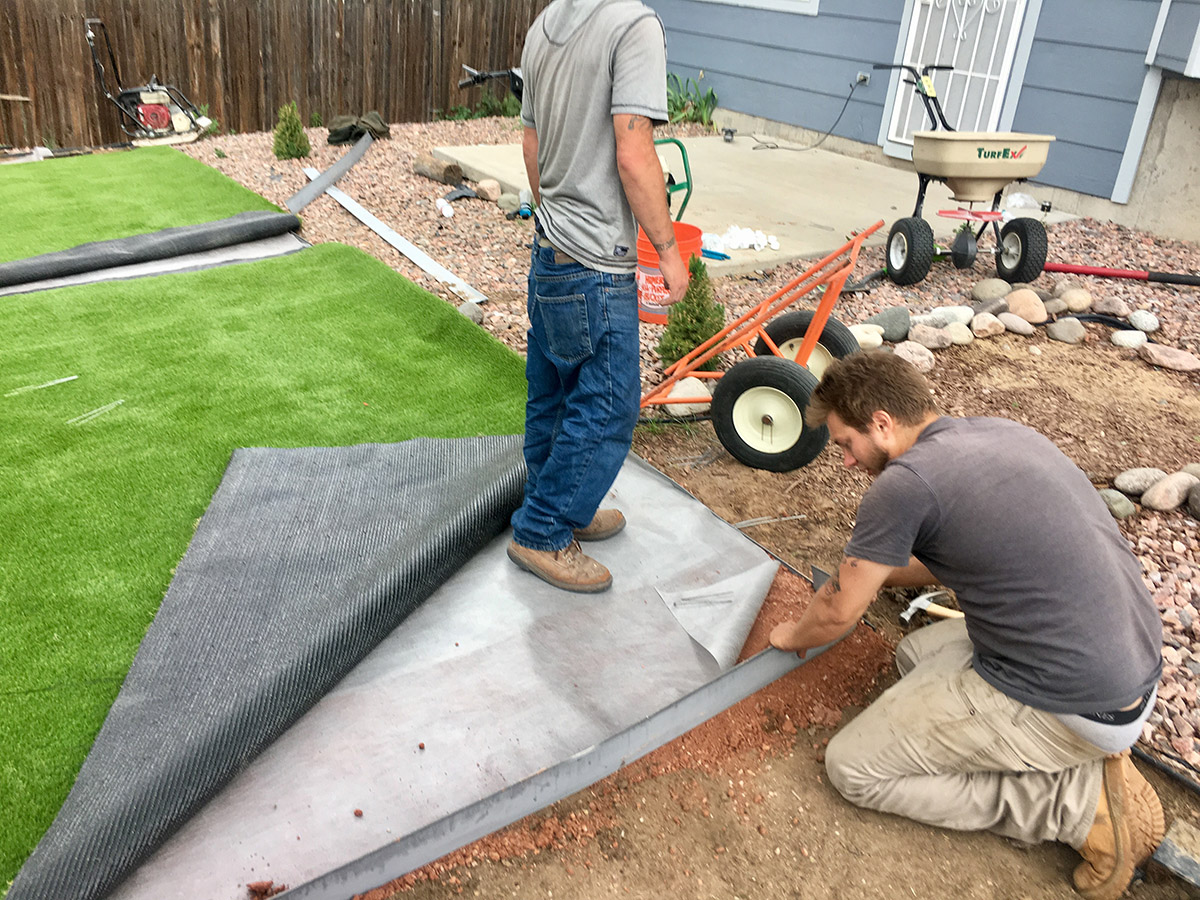Choose Reliable Artificial Turf Companies Phoenix for High-Quality and Realistic Grass
Choose Reliable Artificial Turf Companies Phoenix for High-Quality and Realistic Grass
Blog Article
Look Into the Environmental Benefits of Opting for Artificial Grass Solutions
The fostering of artificial lawn options presents an engaging possibility to attend to pressing environmental challenges. By considerably reducing water use and reducing the application of harmful chemicals, these alternatives not just promote lasting landscaping yet additionally secure regional communities. The lower carbon footprint connected with reduced maintenance activities contributes to an extra sustainable technique to land management. The implications of these advantages expand beyond plain preservation efforts, raising inquiries about their long-term influence on habitat conservation and overall ecological balance. Discovering these measurements exposes a complex interplay worth taking into consideration.
Water Preservation Perks
Among one of the most substantial advantages of artificial grass is its ability to preserve water. Conventional lawn lawns need considerable irrigation, particularly in areas vulnerable to dry spell or water limitations. On the other hand, fabricated grass does not require watering, dramatically lowering the overall demand for water resources. This attribute is specifically helpful in deserts where water shortage is a pushing issue.
By getting rid of the need for regular watering, man-made grass adds to lasting landscape methods and helps mitigate the ecological influence of extreme water intake. In addition, the conservation of water encompasses the decrease of overflow, which can cause dirt erosion and river air pollution.
In addition, the installment of fabricated grass allows property owners and towns to allocate water resources much more successfully, concentrating on important uses such as drinking water and agriculture. The shift towards man-made grass not just advertises accountable water usage yet additionally aligns with more comprehensive environmental objectives intended at protecting natural sources.
As areas progressively focus on sustainability, the water preservation benefits of synthetic grass provide an engaging case for its adoption in commercial and property landscaping jobs.
Lowered Chemical Usage
The change to man-made grass substantially lowers the reliance on chemical therapies commonly used in natural lawn maintenance. Conventional turf management normally entails the application of fertilizers, herbicides, and pesticides to promote growth and control parasites. These chemicals can pose risks to human wellness, neighborhood wildlife, and the atmosphere, adding to soil and water contamination.
In contrast, fabricated lawn eliminates the requirement for these dangerous substances. By lessening the release of artificial compounds into the environment, man-made lawn promotes healthier dirt and water systems.
Additionally, the lack of chemical runoff related to synthetic grass installations helps shield regional rivers from air pollution, supporting water life and preserving biodiversity. Phoenix turf companies. As communities increasingly prioritize sustainable practices, going with synthetic grass provides a feasible option that lines up with environmental preservation objectives. With this change, residential or commercial property owners can take pleasure in lush environment-friendly areas without endangering environmental health and wellness, leading the way for an extra sustainable future
Lower Carbon Footprint

Additionally, the setup of synthetic grass can cause considerable water preservation. All-natural lawns need considerable amounts of water for watering, which not only includes to the carbon impact connected with water extraction and therapy but also stress regional water resources. On the other check my reference hand, synthetic grass needs very little maintenance, needing no watering, consequently significantly lowering water use and its associated power costs.
In addition, the longevity of artificial turf adds to its decreased carbon influence. With a life-span of up to 15 years or even more, the need for frequent replacements is lessened, leading to much less waste and lower power usage in manufacturing and disposing of conventional turf alternatives. Overall, synthetic grass presents a sustainable alternative for eco mindful landscape design.
Habitat Preservation
Habitat preservation is a vital factor to consider in the dispute over landscape design options, particularly when comparing synthetic grass to natural turf. Natural lawn yards usually call for comprehensive maintenance, consisting of the use of pesticides, herbicides, and plant foods, which can adversely affect local communities. These chemicals can leach into the dirt and waterways, harming indigenous flora and fauna and interrupting regional habitats.
Synthetic lawn eliminates the demand for damaging chemicals, thus safeguarding neighboring wildlife and keeping the stability of surrounding environments. The installation of synthetic grass can lead to the conversion of previous turf locations into more biodiverse landscapes, such as pollinator gardens or native plant locations, which can support regional wild animals.
Ultimately, the transition to artificial lawn not only conserves water and reduces upkeep initiatives yet also fosters an extra unified relationship in between human tasks and the all-natural atmosphere, promoting habitat preservation in the procedure.
Long-Term Sustainability
Long-lasting sustainability is a crucial element in examining the advantages of synthetic lawn over typical yard lawns. One of the most considerable benefits of synthetic grass is Continue its durability; it can last approximately 15-20 years with very little maintenance, whereas natural turf needs regular reseeding and substitute. This longevity reduces the requirement for constant resources, such as water, fertilizers, and pesticides, which are necessary for maintaining a healthy and balanced turf lawn.
Additionally, synthetic grass adds to a decrease in carbon discharges linked with yard treatment tools. Standard yards often need gas-powered lawn mowers, trimmers, and blowers, all of which add to air pollution. Phoenix turf companies. In contrast, synthetic grass removes the demand for such equipment, advertising a cleaner setting
In addition, the manufacturing of artificial lawn progressively uses recycled products, enhancing its sustainability account. As makers embrace environmentally friendly techniques, the ecological impact of artificial lawn remains to lessen.

Conclusion
The fostering of man-made grass options offers considerable environmental advantages, including considerable water preservation, minimized dependence on unsafe chemicals, and a reduced carbon footprint. Furthermore, synthetic grass help in preserving all-natural environments by decreasing land disturbance and promoting long-term sustainability with using sturdy products. Jointly, these elements highlight the capacity of synthetic grass to add positively to ecological health and wellness and supply a practical choice to typical landscape design methods in an increasingly resource-conscious globe.
In contrast, fabricated turf does not need watering, considerably reducing the total demand for water sources. By lessening the launch of artificial compounds into the ecological community, fabricated lawn promotes healthier dirt and water systems.
Furthermore, the installation of redirected here fabricated turf can result in significant water conservation. In comparison, man-made lawn needs marginal maintenance, needing no watering, thus considerably reducing water usage and its connected power expenses.

Report this page